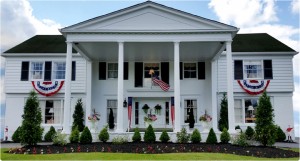
The modern funeral procession includes a lead car, funeral coach, and then family and friends in their vehicles, which travel from the funeral home or place of worship to the cemetery.
“The procession or cortege literally means ‘to pay honor.’ Often the last thing we can do for someone we love is to accompany him or her to the grave,” said Greg Jackan, funeral director at Rembs Funeral Home.
Besides accompanying the body to its final resting place, a funeral procession serves a number of other needs as well. A chief intention of the practice is to showcase community support, even from those outside the procession.
When a funeral procession is taking place, there are a few rules drivers should abide by. That includes giving the procession the right-of-way at intersections and being mindful when one is taking place, said Lt. Dennis Keffer, Marshfield Police Department.
Members of the procession can help identify themselves by turning their headlights on. It’s also helpful to turn on hazards, he said.
“The lead vehicle in a funeral procession may be equipped with a flashing amber light, and all vehicles following in the procession should have their headlights on bright,” Jackan advised. “In Marshfield and in the surrounding communities, we are very fortunate to have the police department provide a police escort for our funeral processions if they are not occupied with an emergency.”
While the operator of the leading vehicle must observe traffic lights, any following vehicles in the procession can continue without stopping, even if the light turns red. By state statute, the procession should yield to the approach of any emergency vehicles with sirens.
